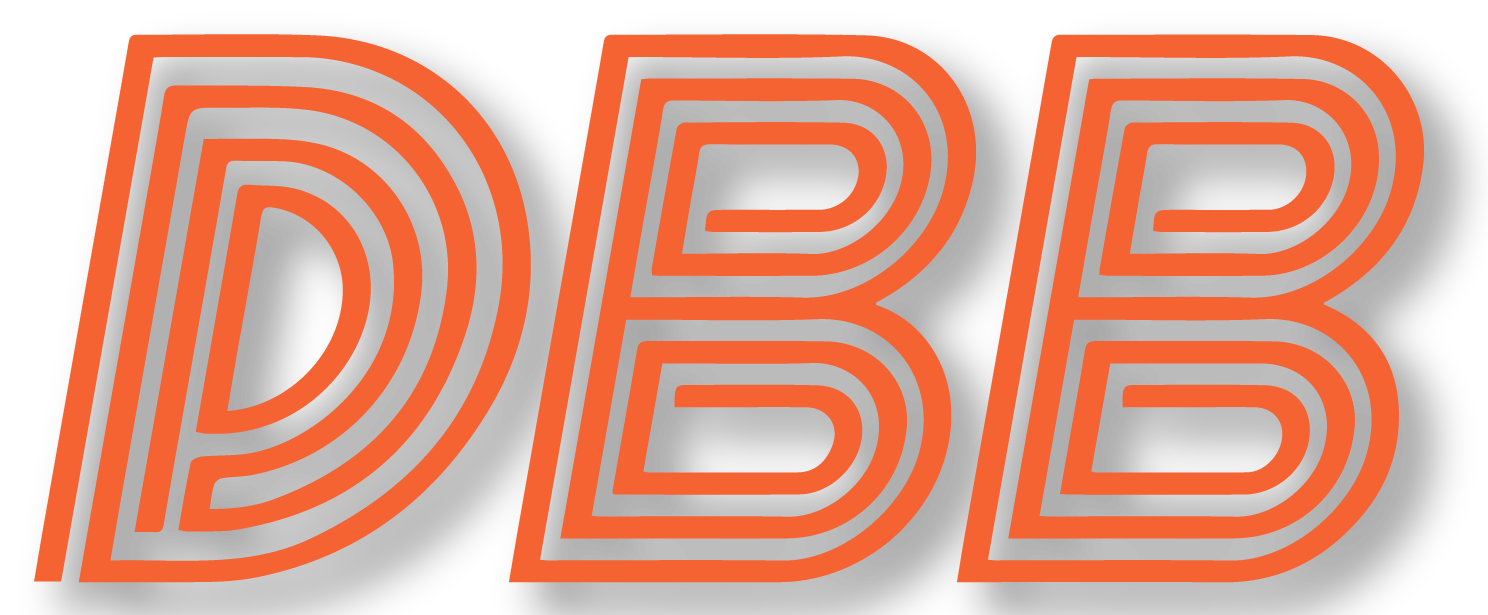A new year, scheme and regime could have several players could leave some formerly key contributors looking for new jobs in 2023.
The new coach and general manager have nothing invested in the current players; surely a scary thought to some of the youngsters on the team. There are no certainties. Nothing is guaranteed. We thought John Fox and Ryan Pace were inheriting young talent like Alshon Jeffery and Martellus Bennett. Both were gone before Fox’s third season. Matt Nagy was greeted by Jordan Howard and Adam Shaheen was supposed to be his Travis Kelce — neither made it to his third season.
In some of these cases, the players may be one-and-done if they don’t produce in 2022. In others, they might get a second year to prove themselves simply because their contracts make it difficult to move on. In any case, these players will have pressure to perform in 2022.
David Montgomery
Entering a contract year, Montgomery is an obvious candidate for this list.
The previous regime loved Montgomery because of the leadership he provides off the field and his versatility on it. (Eberflus has already praised Montgomery’s character.)
However, there have been some questions as to whether Montgomery fits this new scheme. He isn’t Aaron Jones-like, nor is he A.J. Dillon — the two running backs new offensive coordinator Luke Getsy worked with in Green Bay.
There is also some question about Montgomery’s talent level. His career 3.9 yards per attempt certainly doesn’t look worthy of a second contract and advanced statistics are somewhat mixed on his performance.
With the lack of playmakers available, Montgomery figures to have plenty of opportunities to make plays. The team needs him to be more efficient than he has been.
Cole Kmet
There’s no real reason to think Kmet won’t continue to improve, but that isn’t always how it works.
Kmet had rather exceptional production for a 22-year-old tight end, but there’s still questions regarding his receiving ability. He certainly looks the part physically, but his hands aren’t always reliable, and his routes aren’t always smooth.
The third-year Notre Dame product is a solid blocker and possesses good straight-line speed, but the Bears need him to create more big plays and find the end zone. (Throwing him the ball down there should help.)
Eddie Jackson
Jackson is finally returning to a scheme that keeps two safeties back and he needs to show that he can still attack the ball.
Once Vic Fangio left, Jackson’s position changed. He still played safety, but Chuck Pagano wanted to move him around more. That didn’t really work. Sean Desai liked to keep him back, but in a single-high approach with man coverage all around him. That didn’t work.
There’s truth to the thought that opponents have been avoiding Jackson, but we’ve also seen him fail to make plays that have been available.
The Bears might be tied to Jackson contractually through the 2023 season — it depends on how much dead cap space they’d be willing to eat. In any case, he turns 29 during the 2022 season and needs to show he can still play.
Trevis Gipson
Is Gipson a starter or a solid backup? That’s what the Bears need to find out in 2022.
Regardless of what happens with Robert Quinn in 2022, it’s a safe bet that the veteran won’t be on the team in 2024 and probably not in 2023. Do the Bears need to find one new starting defensive end before then or two? Al-Quadin Muhammad signed just a two-year deal and really should be a backup.
This Cover-2 scheme relies on the front four being able to get to the passer; the Bears need to know if they have defensive ends who can do that. Gipson flashed with seven sacks and five forced fumbles in 2021 after barely playing as a rookie. Can he build on that?
Justin Fields
Regardless of what anyone thinks the Bears think of Fields, nobody outside of Halas Hall actually knows.
Hell, they might not even know inside Halas Hall.
The hard truth is that, while he showed flashes, his rookie season did nothing to guarantee that he is going to be a franchise quarterback. The Bears certainly didn’t bet on him becoming one this offseason, unlike the last regime did with Mitch Trubisky.
Whether the Bears 2022 season is a success or failure is going to depend largely on Fields. If he can build off success of late last season, the team might be OK. If he can’t, they’ll have a very high draft pick and, very likely, will be looking at another talented quarterback prospect.
It’s fair to say the Bears haven’t given Fields the necessary tools to succeed.
It’s also fair to say that really good quarterbacks make the players around them better.
The worst thing that can happen — which is perhaps what the Bears have set themselves up for — is that they still don’t know what kind of player Fields is following this season. In that case, they’d probably jump on the opportunity to draft another top quarterback prospect and trade Fields.
But, make no mistake, the current long-term plan has to be for Fields to be the guy and he has the opportunity to make sure that is the case. We know he can make big plays; we need to see more consistency on the routine concepts. His performance in 2022 doesn’t have to be judged by statistics; he needs to show leadership and the ability to come through for his team when it needs him the most. We need to see more performances like the one he had in Pittsburgh.






